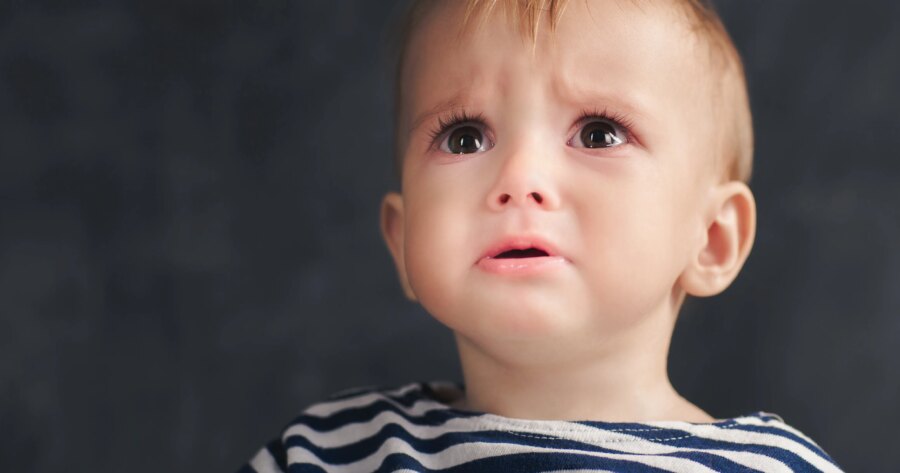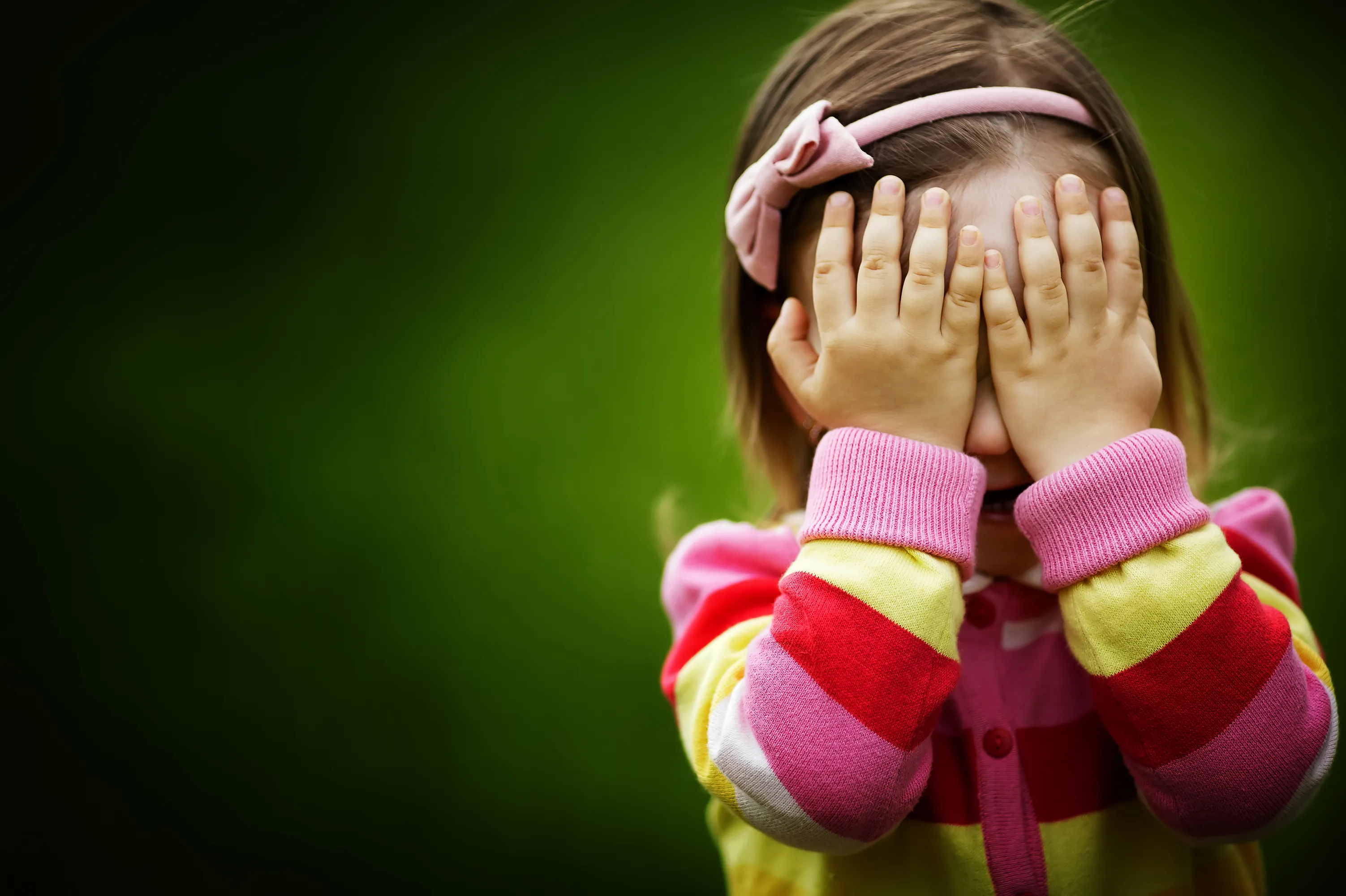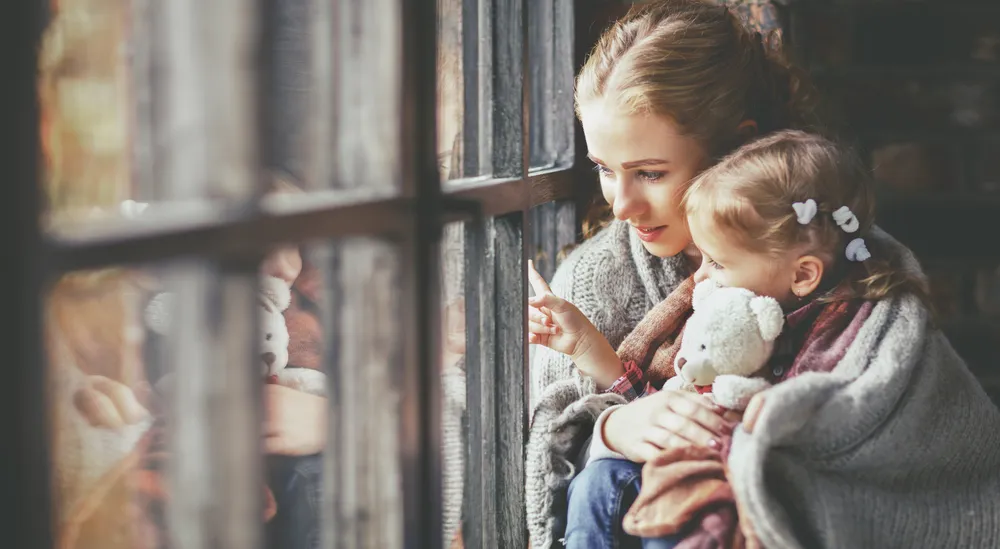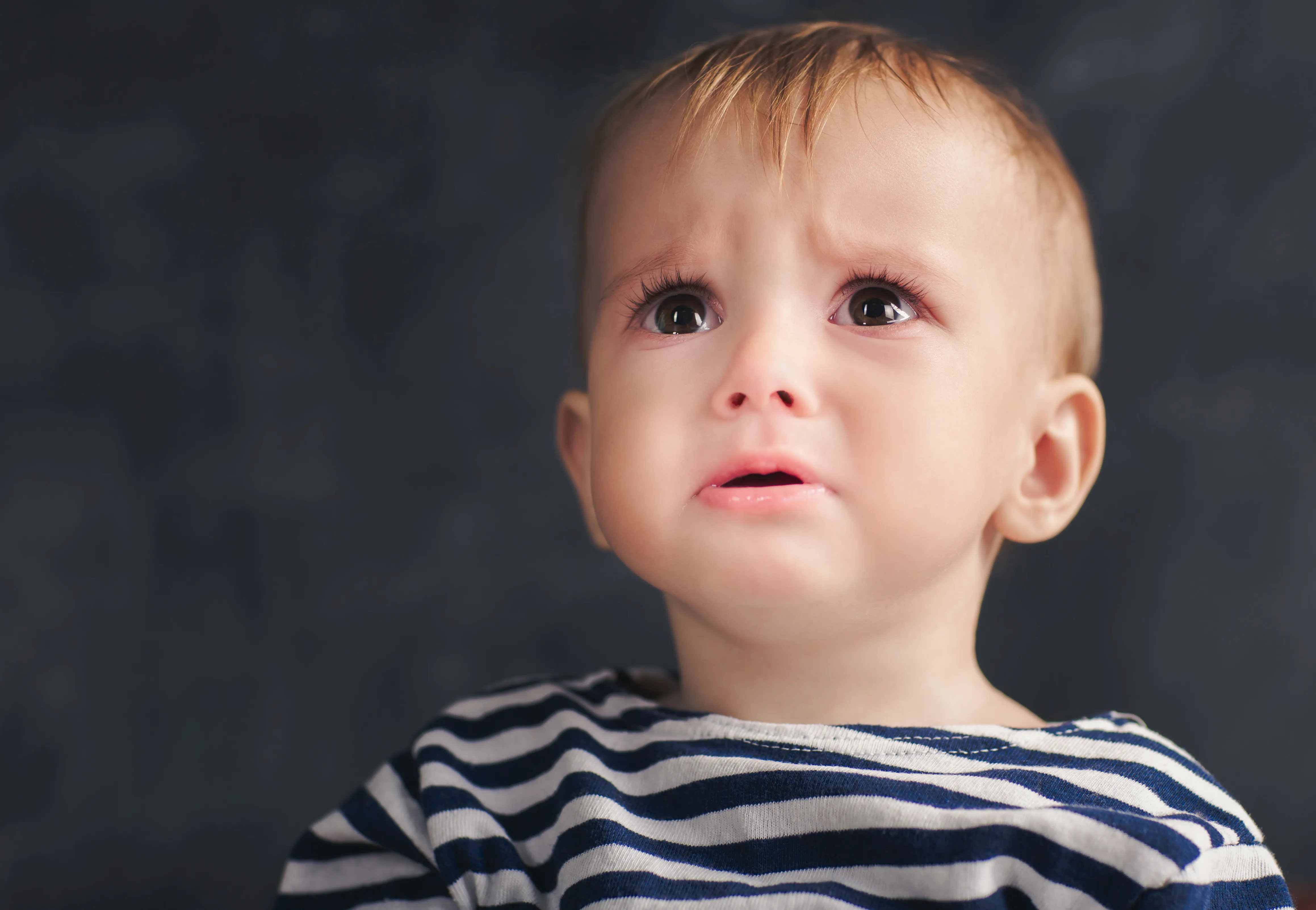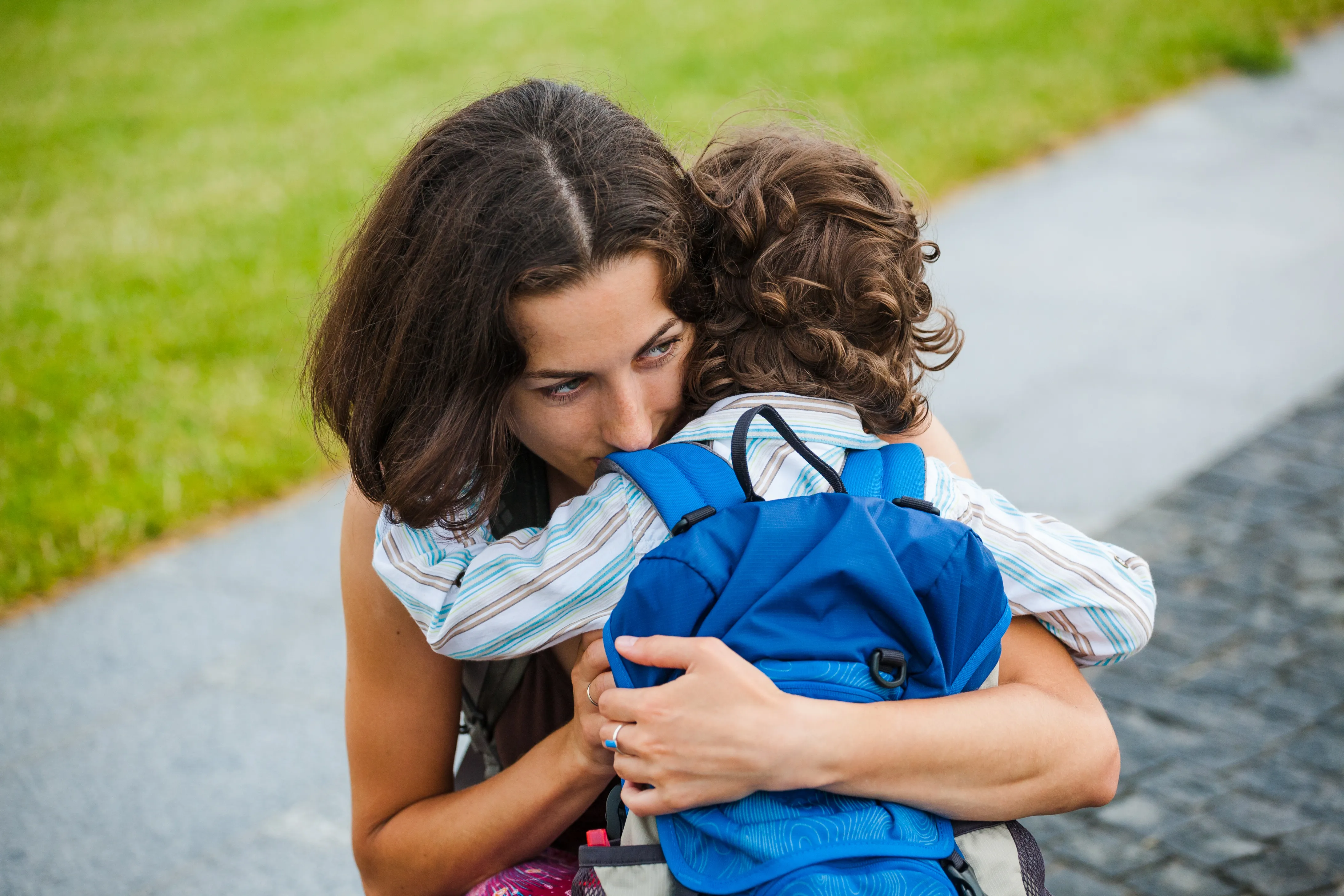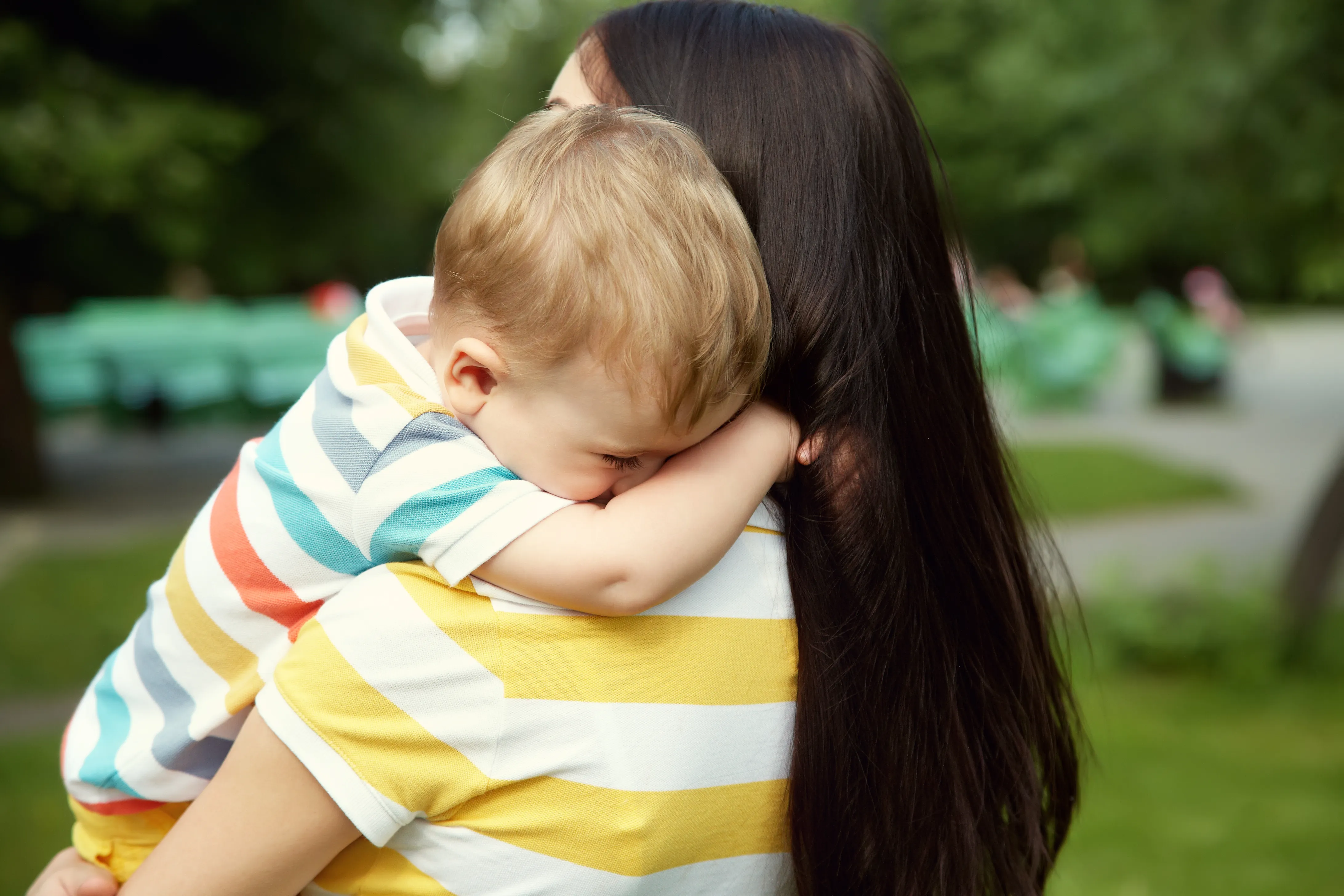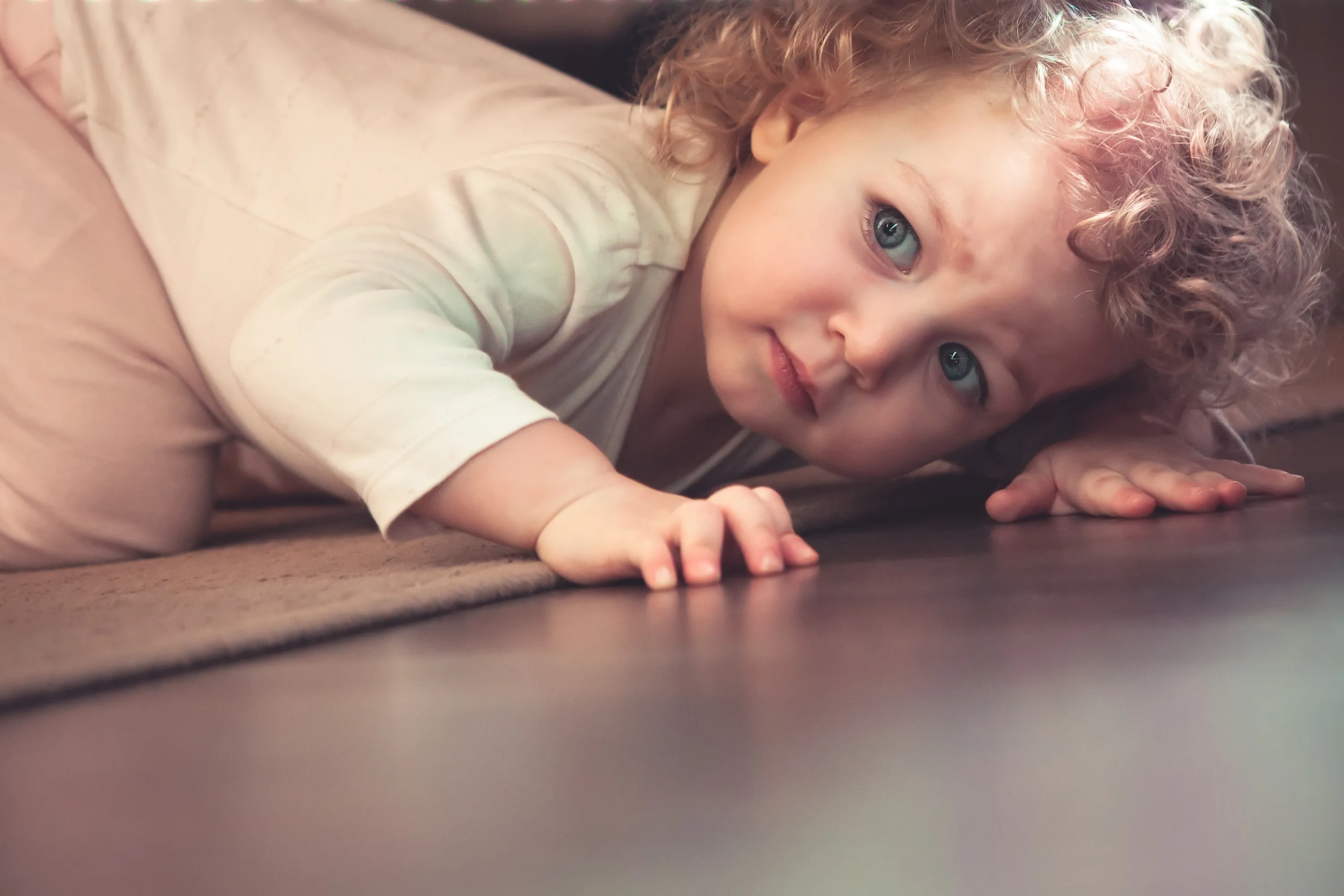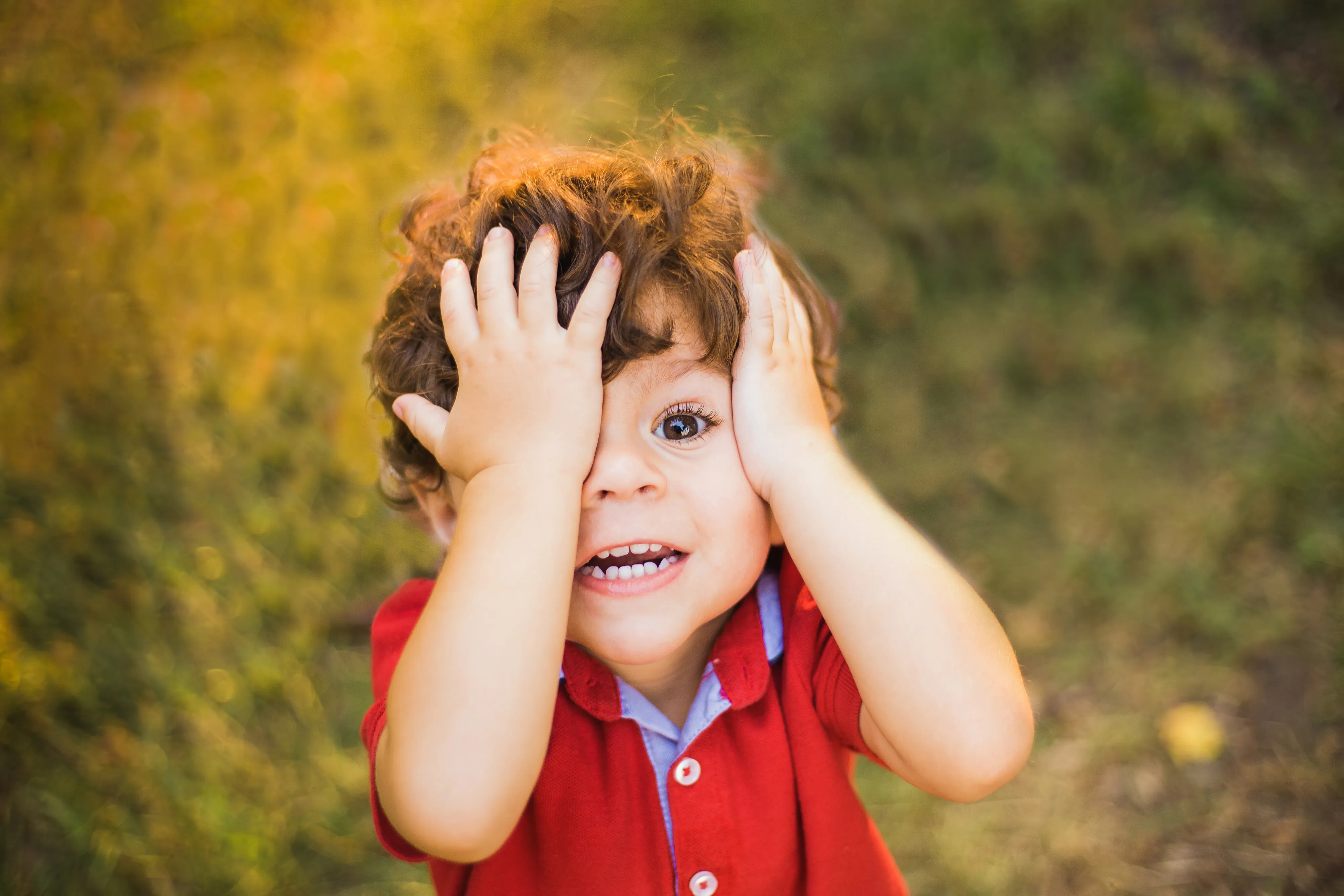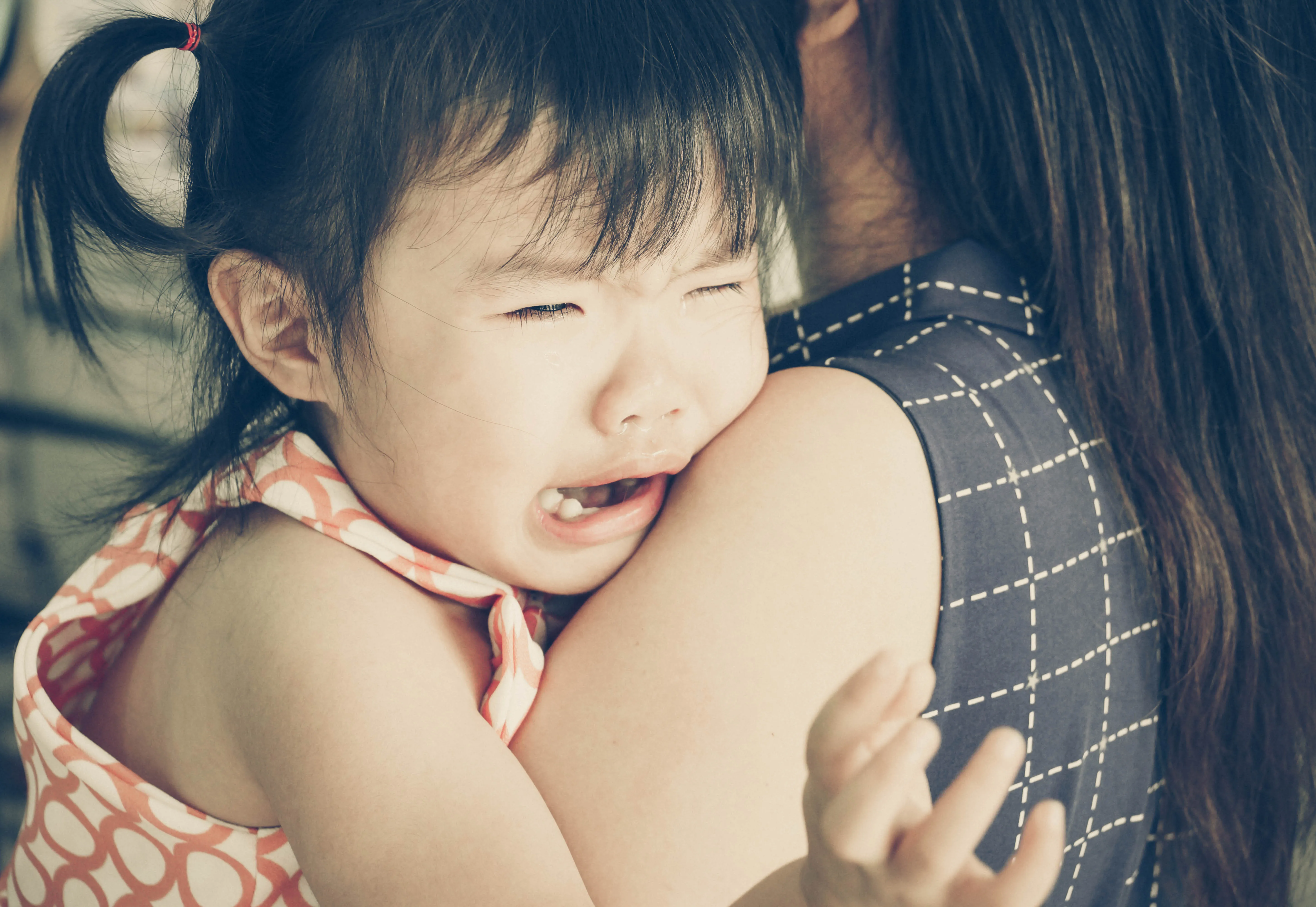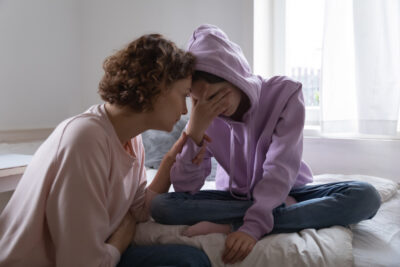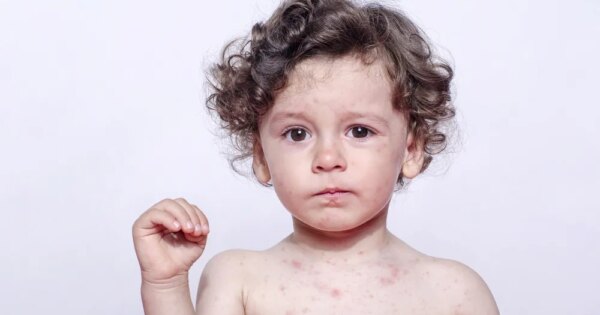Young children are vulnerable to fears, both general and specific. As their brains develop, their imaginations grow ever more active. Anxiety or nervousness is a normal reaction to something that is new and for toddlers, everything is new! Many children obsess over their fears or become fascinated by them. Some choose to chat about them at the strangest of times. This is a child’s way of working through the issue and, ultimately, learning to cope with it. As toddlers mature and become more secure in themselves and their place in the world, they learn to distinguish what is real from imaginary. Eventually, fears dissipate. The key is to discuss and acknowledge the fears, no matter how silly they may seem to you. Comfort objects such as a blanket or stuffed animal may help. Providing a simple exploration of how something works may also help your child get past their specific issue. Here are 15 of the most common fears your child may experience. Remember not to play into them, to remain patient and calm and to seek professional help if they persist.
15. Darkness
Many children are afraid of the dark, especially at bedtime, when the child is alone. Because there are fewer distractions that they can see, their minds are less occupied. When the lights go out, their imaginations are left to run wild. Young children feel far more vulnerable at night, in the darkness. TV, media and even some books can exacerbate fears, as can warnings from parents or caregivers about “boogeymen”. Be reassuring and persistent by making sure they are able to fall asleep at night. Having a nightlight can help, as can repeated check-ins.
14. Monsters
For many kids who are afraid of the dark, it’s because that’s when the monsters come out! Their active imaginations may spark the fear of monsters under the bed, in the cupboard or generally “lurking” whenever grownups leave the room. Don’t ignore the issue by dismissing it as silly or babyish. Ask your child to talk about the monster, or even draw a picture of it. Never pretend to chase the monster away, as it will only reaffirm that there really are monsters. Do your best to show them the difference between what is real and what is made up.
13. Weather
Many people are ill at ease in extreme weather. Howling wind, rain or snow and crashing thunder and lightning can all be sources of fear for kids – and some adults. Try to prepare your child if you know severe weather is coming. You can even create a “weather plan” for your family to reassure your child. Play weather sounds during the day so your child associates the noises with pleasant things. Watch the elements together from the safety of indoors or, weather permitting, go outside to safely experience it together. Learn about the patterns and help your child understand how and why weather happens.
12. Nightmares
An occasional nightmare is part of normal development. However, if there are repeated nightmares, sometimes your child is trying to work through a specific anxiety. Try to pinpoint sources of stress. Sometimes they are revisiting things they saw on TV or in a book. Comfort them and try to understand their nightmares. Encourage children to talk, especially during the day when they feel safe, and then teach them coping skills or relaxation techniques. Have your child get involved in ways to combat the nightmares. Try leaving a bedroom door ajar, use a nightlight, and check-in often.
11. Strangers
Toddlers may experience stranger anxiety with both actual strangers and people they know. In fact, any non-parent may be seen as a threat by your child. This is a normal part of development, and a sign that a child has a healthy bond with their parents. If your child seems upset, assure them that they are safe, and remain in close proximity until they can relax. Be sure to reassure the non-stranger as well. Giving advance notice to everyone can also help. Be sure your child is calm and comfortable before leaving them alone.
10. Separation Anxiety
Once your child realizes that they are separate from you, separation anxiety may occur. Some kids become anxious when their parent is out of the house, while for others, it happens when the parent is out of their sight! Prepare your child for departures and talk to them about where you’re going and when you’ll return. Use gradual transitions and even a comfort object if necessary. Explain to them that you’ll miss them too when you’re apart.
9. Being Alone
Some kids aren’t just afraid to go to sleep alone, they are afraid of being alone in general. Talk to your child about being independent and help them feel comfortable about being by themselves in a room. Start off by encouraging them to play on their own while you are close by. If necessary, place a chair in the doorway and gradually move it further away. Once your child has mastered the art of being alone, celebrate them. Then you can use the same techniques at night.
8. Masks/Mascots
Masks, mascots and people in costumes can terrify some children. Because faces are obscured, the child is unable to see if they look friendly or threatening. Additionally, mascots or clowns may make strange noises or have unusual movements with their bodies, making kids feel helpless. Many kids cannot separate the costume from the person who wears it, even if they watch a parent put a mask on. Engage in imagination games and show your child that the person under the costume is real, but the costume is not. Time often heals this type of anxiety or fear.
7. Household Appliances
Many kids are afraid of household appliances such as hair dryers, food processors, blenders or vacuum cleaners. Between the loud noises, the forcefulness and, in the case of the vacuum, the ability to suck things away, it can be terrifying for a toddler. Explain to your child what these items are used for, and how they work. Start with toy versions of appliances and then graduate into letting your child use the real versions. Many kids love to vacuum or feel the warm air of a dryer on their skin. Blenders and food processors can be dangerous, so be sure to monitor your child closely.
6. Toilets
Whether they have fallen into one, are not ready to be potty trained, or don’t understand how the flushing mechanism works, fear of toilets is actually quite common among toddlers. Some children are frightened by the feeling of having a bowel movement, while other kids fear that things “disappear” into the bowl. Show your child how you use the toilet. Explain how the toilet works. This is the perfect time to use silly humor to alleviate any toilet-related stress. Don’t force a toddler to abandon diapers, watch for readiness instead.
5. Balloons
Kids often love balloons, but some are afraid of the sounds they can make when twisted or air is released. Still others don’t like the idea of a helium balloon flying away or disappearing. Most often, kids are terrified that a balloon will pop. Show your child balloon before it is inflated. Let them touch it. Allow them to watch as you blow it up and then release the air. A balloon artist can also help by making fun shapes. Even popping balloons as a game can dispel fear. Never leave a young child alone with balloons which can be choking hazards.
4. Medical Professionals
Many kids are afraid of doctors or dentists because they are afraid of needles. Additionally, having their space physically invaded by a relative stranger poking and prodding can be uncomfortable and make a child feel vulnerable. Medical professionals are often associated with illness, so some kids may worry the doctor will find something wrong with them. Help your child understand what to expect. Encourage the doctor or dentist to talk to your child and tell them what they’re doing. Planning in advance for an excursion afterwards can also help keep kids’ minds focused on something else during an appointment.
3. Bugs
Many people of all ages have some sort of fear of insects, spiders or bugs, especially those that fly. If your child shows fears of creepy crawlies, resist the urge to remove the child from the setting. Calmly try to reassure your child and explain what bugs do. Remind them of their own size and that insects are more afraid of humans than vice versa. See if there are any bugs your child likes, such as butterflies, ladybugs or daddy long legs. Let them know that spiders, for example, eat mosquitoes. By pointing out the positive effects of bugs it may help lessen the fear. Most importantly, try to control your own reactions!
2. Pets
Animals are unpredictable, so many kids can be afraid. Twitching noses, certain sounds, even an association with a cartoon character can all contribute to a child’s fear of pets. Cats may hiss, scratch or leap. Dogs can bark, lick or jump up. Any sudden movement can be frightening. Never force a child to touch a pet if they are afraid. Slowly try to expose your kids to pets through media and photos. Explain that animal noises are a way of communicating. Let your child interact with animals from a safe distance, gradually getting closer to friendly family pets.
1. Getting Hurt
Accidents happen. Fear of falling, getting stuck or getting hurt can hinder a child’s urge to play or try new things. Sometimes this fear stems from a negative experience, while other times it may feel completely irrational. Try playing with your child at home. Let them jump on and from the bed. Show them that they can be physical without getting hurt. Graduate to the park. Be there for your child and to help empower them and gain confidence. Reinforce positive outcomes to help the fear become manageable. Help them realize what they are capable of while being brave, staying safe and learning new things.
